Aptenia cordifolia care
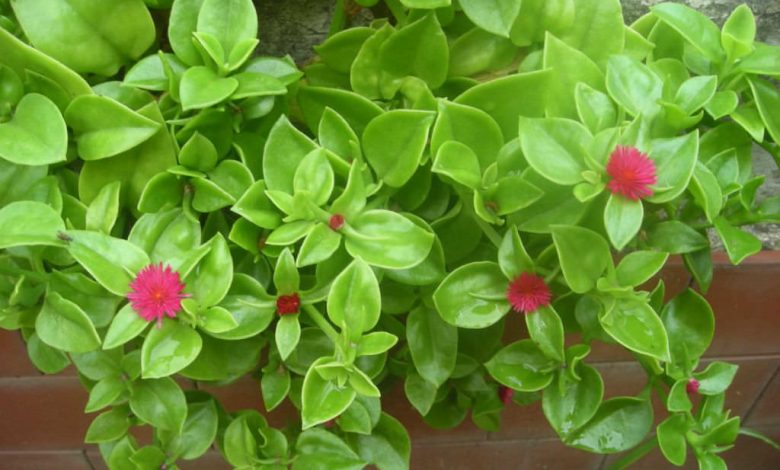
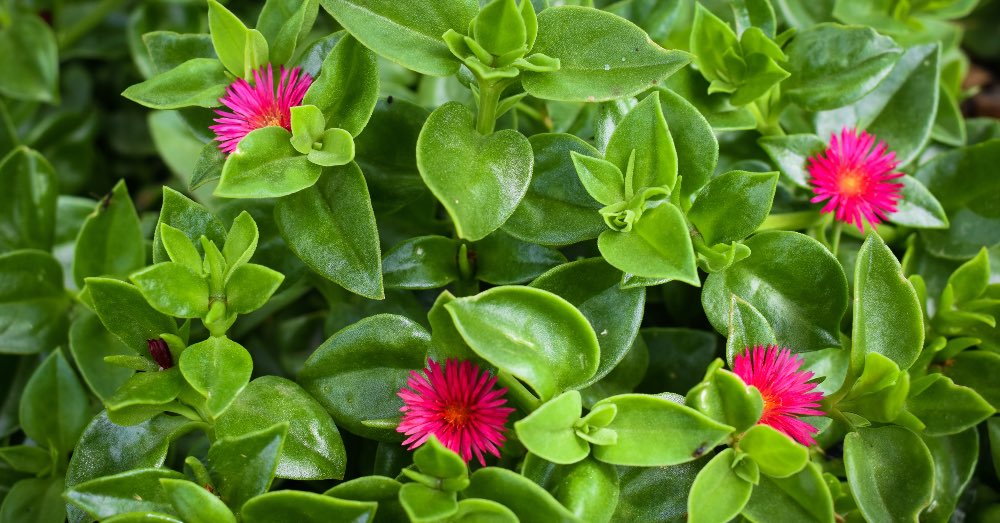
Although the name may mislead us, surely we have seen it on more than one occasion in the gardens. And we are talking about one of those perfect ornamental and creeping plants to fill any living space. As if this were not enough, the care of the Aptenia cordifolia allows us to classify it as a rustic plant. Something perfect for those looking to enjoy the outdoors and with as little maintenance as possible.
Originally from South Africa, this incredible groundcover plant has found a niche in gardens and terraces. And there is no lack of reasons for it beyond that its care is extremely easy. To the appearance of its leaves, fleshy and perennial, is added something that makes it irresistible: its incredible growth capacity. A detail that can become an ally, if we want to cover surfaces in a short period of time. What’s more: although we can enjoy it in a pot, it is very common to have it if we consider how to make a flower bed in the garden or even as a substitute for grass.
As if all this were not enough, there is another detail to fall madly in love with her. In cold climates, its flowering lasts from the arrival of spring to the end of summer. But if we live in a temperate climate, we can enjoy its striking flowering in intense colors throughout the year. Who gives up such a gift of nature?
WHAT ARE THE CARE OF APTENIA CORDIFOLIA
Before even seeing how to grow it, it is interesting to know some more practical aspects that may end up convincing us to integrate it into our collection of outdoor plants.
The first of them can take away that headache of how to eradicate weeds from the garden. Due to its horizontal growth, Aptenia cordifolia prevents the appearance of weeds. Something ideal for those who have a problem with these types of undesirable plants in the garden, either due to incorrect soil filling or due to proximity to some external source that generates the repetitive appearance of weeds.
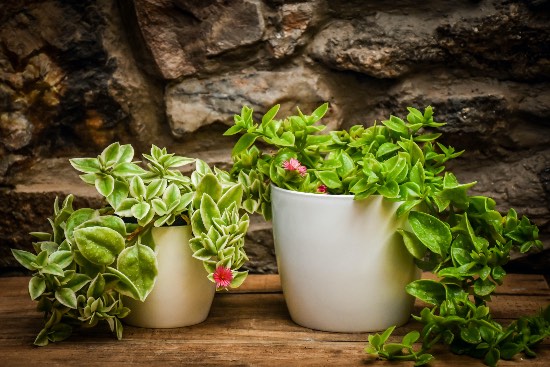
In addition to this, it is interesting to know that we can include it in the list of plants resistant to drought. We are talking about a succulent plant and, therefore, its water needs are lower than those of any conventional plant. A detail that, curiously, is not at odds with its growth or its spectacular nature.
We leave for the end a reason more aesthetic than practical. It is a perfect choice if we want to enjoy a hanging plant to grow in a pot. Not having a horizontal surface on which to grow, its branches will be suspended. And there is no doubt: the effect could not be more striking.
And now yes, let’s see what are those few cares of the Aptenia cordifolia that will make us enjoy a lot! her.
1. Temperature, key to your well-being
Something logical, if we take into account that it is a plant of African origin, is that it does not like the cold too much. In case of being exposed to it, its leaves will lose the intensity of its color and it will stop its growth. It is not dramatic but it is important to note that he likes frost even less. Below three degrees below zero, your life can be compromised. For this reason, and if we live in a very cold climate in winter, it will be convenient to protect it with a thermal garden protection blanket.
And what about the heat? Nothing at all. It perfectly supports high temperatures, so in that aspect we can be calm.
2. Light, fundamental in the care of Aptenia cordifolia
What can be the ideal space for a plant of African origin? There is no doubt: full sun. Only with such an amount of light will it be able to maintain its growth rate and bloom profusely.
Despite this, we can also grow it in partial shade. The toll to pay is that its development will not be as fast or, even, that it will not give as many flowers.
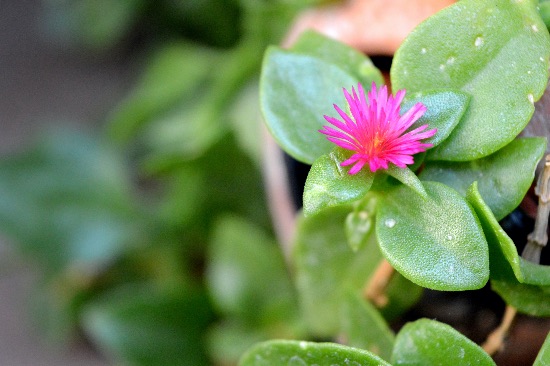
3. Irrigation, a minor detail in its cultivation
Probably, the care of the Aptenia cordifolia that we will have to watch the most. Not knowing how to water succulent plants correctly is one of the most common reasons for killing them. In the particular case of this plant, it is important to know that the level of development of its stems is closely linked to the fact that the plant has moist soil. For this reason, and even if it is resistant to drought, it is convenient to know exactly what its needs are.
To attend to the Aptenia cordifolia as it deserves, we will have to water it once every 15 days in the autumn and winter months. Taking advantage of the two seasons of development and flowering, spring and summer, we will increase this guideline to a maximum of two waterings a week in very hot months.
4. The type of soil, important in its development
Although this wonderful representative of perennial plants can grow in almost any soil, it is essential that it meets a series of conditions. To begin with: it is vital for the development of this succulent that the soil in which it grows has a certain percentage of sand that ensures good drainage. One of its greatest enemies is precisely the excess water in the roots.
In addition to this, Aptenia cordifolia planted directly in the ground needs a soil rich in organic matter to maintain its growth rate.
5. Fertilizer, another care for Aptenia cordifolia that helps in its development
One of the most important care for Aptenia cordifolia is if we enjoy it in a pot. Planted in the ground, the way to pay our plant will be different. However, if it is grown in containers such as pots, it will need a regular supply of fertilizer to help it grow.
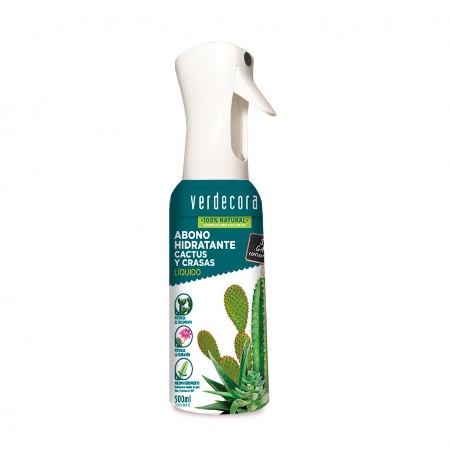
The ideal time is during the spring and summer months; and at the rate of one dose per month of a specific fertilizer for cacti and succulents.
6. Pests, an aspect that we can forget about
And it is a real rarity that they can attack this plant! In extremely extreme situations of drought and neglect, it can be subject to aphids.
Now that you know how to care for Aptenia cordifolia and its virtues, confess: are you able to resist having it among your plants? It is impossible for us!

![Photo of Boldos: [Cultivation, Irrigation, Care, Pests and Diseases]](https://www.complete-gardening.com/wp-content/uploads/2022/08/boldos-cultivation-irrigation-care-pests-and-diseases-390x220.jpg)
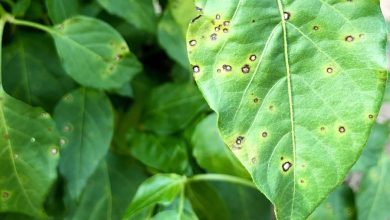

![Photo of Planting a Banana: Complete Guide [Answer to All Your Questions]](https://www.complete-gardening.com/wp-content/uploads/2022/08/planting-a-banana-complete-guide-answer-to-all-your-questions-390x220.jpg)